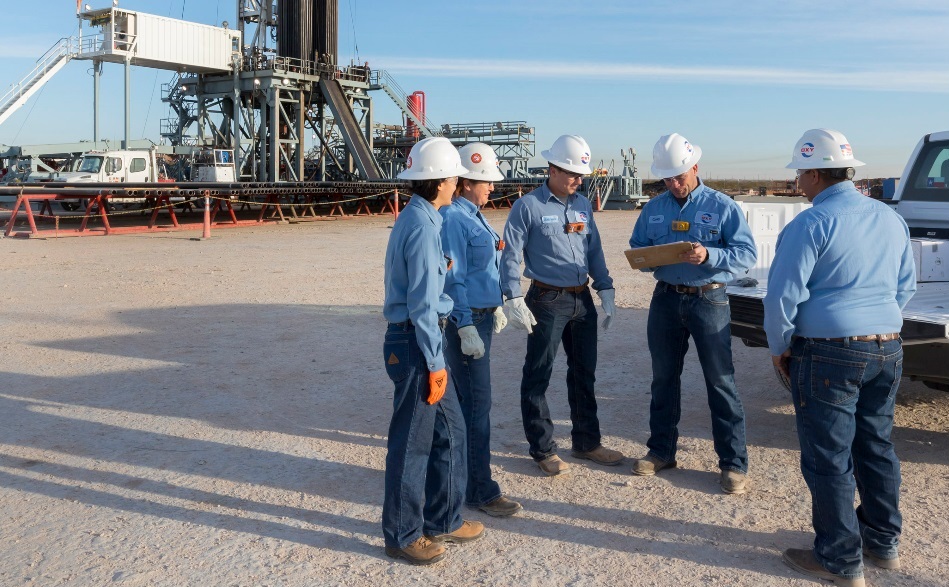

fetching latest news
News tagged in:

The decline in Occidental Petroleum Corp.’s oil production in Permian Basin has left company with so much unused capacity on pipelines to the Gulf Coast that the problem will drive a midstream loss of as much as $750million this year. Occidental said Tuesday that total Permian production is expected to be about 485,000barrels of oil equivalent a day this year, well short of the 800,000barrels of pipeline space it’s committed to.
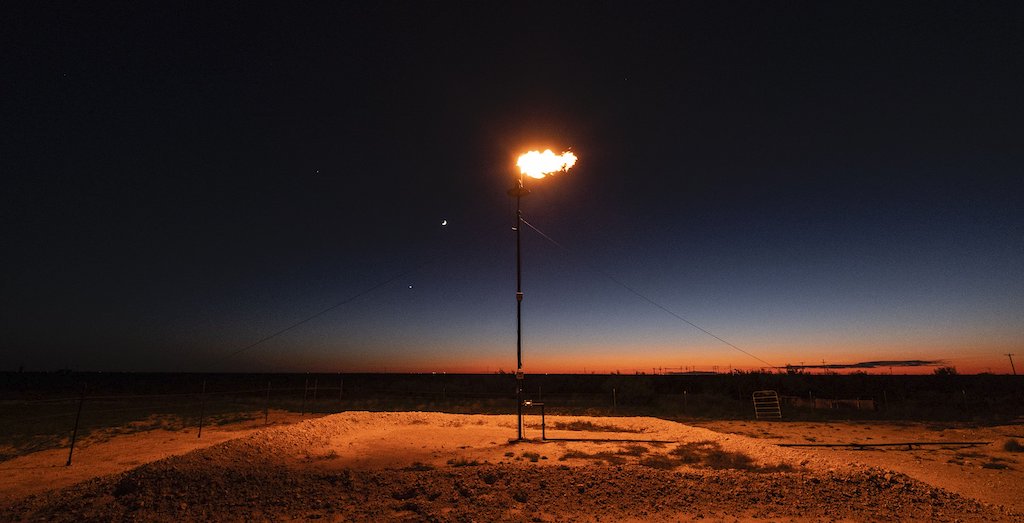
As much as 40% of the natural gas that’s expected to be flared in the Permian Basin in 2025 could be avoided at no cost to drillers if regulators abandoned their hands-off approach to the controversial practice. Flaring, which plunged in 2020 as the pandemic forced shale producers to curtail output, is set to rebound as oil prices recover.

Anadarko Petroleum reported a higher-than-expected quarterly profit yesterday, supported by higher production. However, the firm suffered a net loss on a $1 billion breakup fee compensated to Chevron Corp. Average daily production for Anadarko rose about 17% to 744,000 barrels of oil and gas in the second quarter. Occidental acquired Anadarko in a $38 billion deal, making it the largest producer in the Permian Basin.
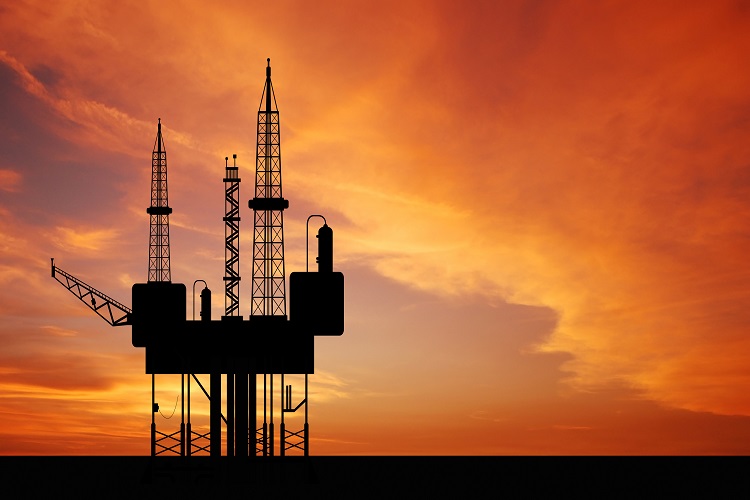
Houston-based Callon Petroleum has agreed to acquire energy firm, Carizzo Oil & Gas. The $1.2 billion-all stock deal will gain Callon a strong presence in the Permian shale basin and the Eagle Ford shale field. The combined entity will own approximately 200,000 net acres in the two basins, which yielded over 100,000 boed in the first quarter. The deal is slated to finalize in the fourth quarter.
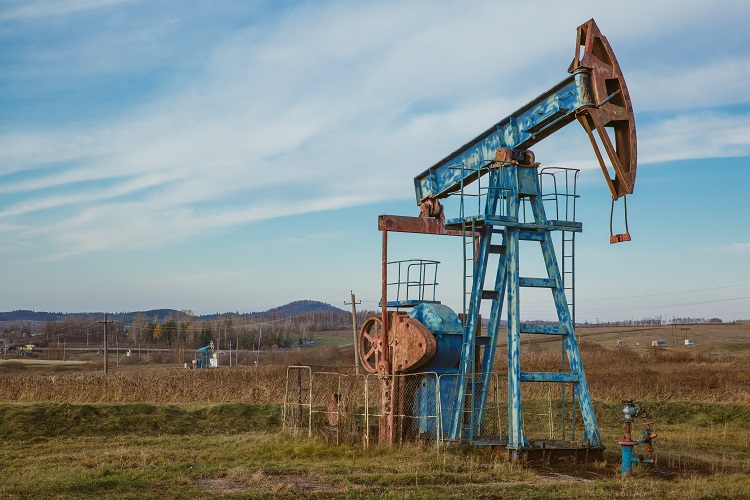
Houston based Apache Corp. has informed about its natural gas production cut in the Permian Basin. This step has been taken for an extended period of time because of the sharp pricing discounts led by pipeline shortages in the region. Apache will reduce its production by 250 million cubic feet per day. Chief Executive of Apache said, "This is the proper approach from both an environmental and economic perspective".
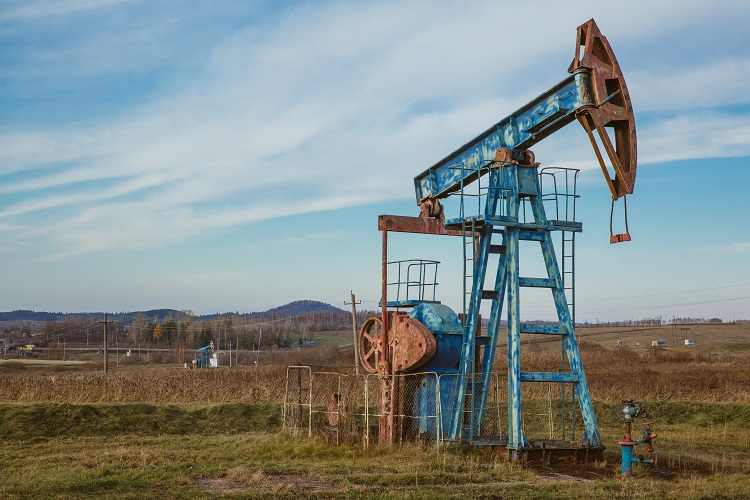
Energy major, Shell is on a hunt for Permian deals in order to improve its position in the basin. Shell’s deepwater boss said, "If none ever come up then that’s a disappointing outcome.” Its rivals Exxon and Chevron, on the other hand, are planning to produce nearly 2 million barrels of oil by the mid-2020s. According to Sawan, Shell's Permian operations will be cash flow positive in the coming years.

Ring Energy closed its transaction with Tessara Petroleum Resources, acquiring acreage in the Permian. Tessara is a wholly owned subsidiary of The Carlyle Group L.P. The acquired acreage is in, around and contiguous to the core assets of the company in the Central basin platform. The total assets are of 4,763 net acres. Ring will have 100% working interest and 75% net revenue interest, and will be the operator.

ExxonMobil has signed largest ever renewable power contract, says Bloomberg. It has signed a 12-year agreement with Denmark’s Orsted A/S and will buy 500 MW of wind and solar power in Permian Basin. Exxon has been accused and sued by investors for increasing the risk of global warming. After this, the company is shifting to clean energy for the regions where electricity demand is growing with the increase in oil production.
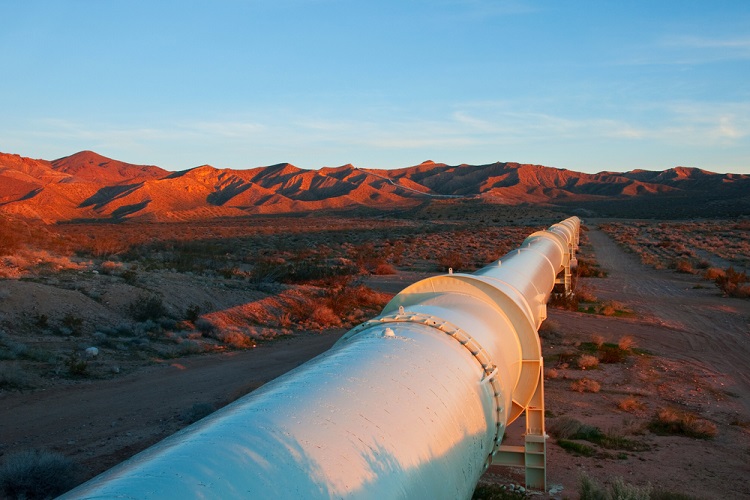
ExxonMobil has come in support of $2bn Permian Highway Pipeline project by signing a letter of intent (LOI). The project is a joint venture of Kinder Morgan’s subsidiary Kinder Morgan Texas Pipeline (KMTP), Apache and EagleClaw Midstream Ventures. American oil major will provide shipping facilities to the PHP. With a capacity of 2 Bcf/d the natural gas will be transported to the areas of US Goalf Coast and Mexico markets.
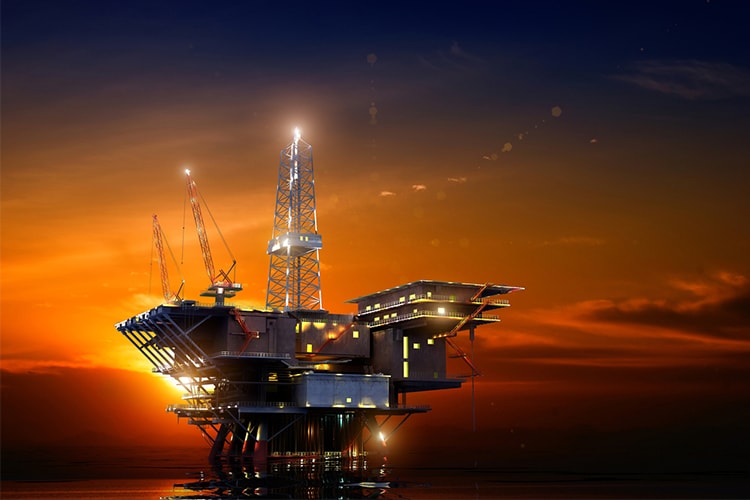
According to a research reported by Houston Chronicle, crude volumes from the Permian basin region are projected to more than double by 2023. The Permian basin present in West Texas is on track to produce more oil within five years than any OPEC nation except Saudi Arabia. Most of the crude is directed to the refineries and ports near Houston and Corpus Christi.
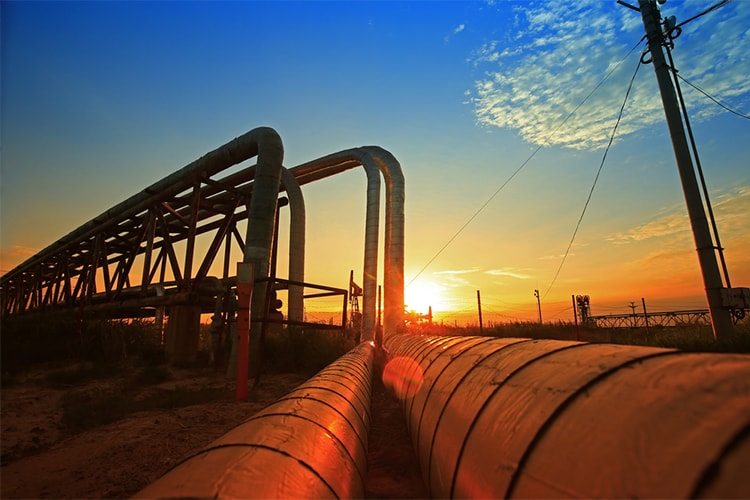
Exxon Mobil and Plains All American will be participating in a joint venture (JV) for transporting crude from various locations in the Permian basin to Texas Gulf Coast. This proposed pipeline will significantly bring down the cost and time invested in the process of transportation from the point of origin to markets in Texas. The pipeline will be designed with the objective of shipping one million barrels of crude oil and condensate per day.
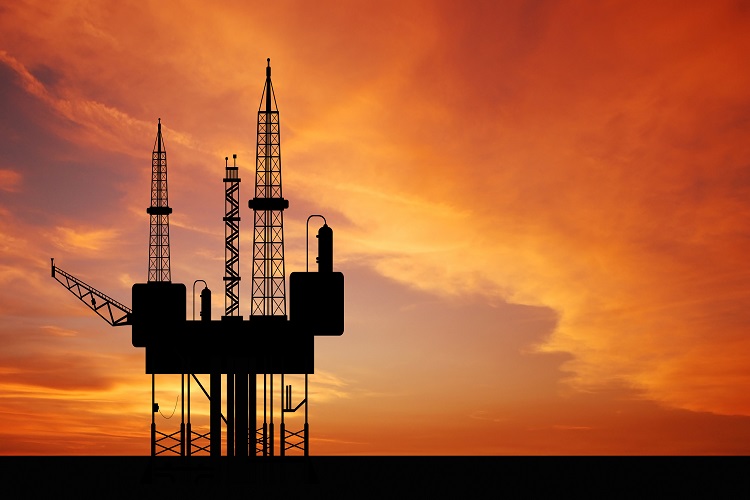
US oil production, owing to its Permian Base, has set a new benchmark for oil production, and the US is soon expected to become the top producer of ‘black gold’. A huge number of rigs operating in the West Texas and New Mexico oil fields are pumping out crude day in, day out. Innovative technologies have permitted new wells to produce far more oil today than a few years ago.
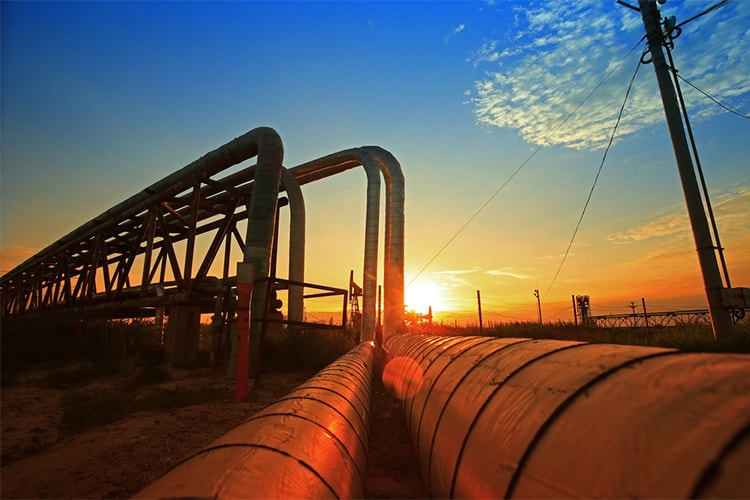
The Permian basin pipeline’s quoted price of more than $1 billion/day is not only affecting the West Texas oil drillers but also some other investors. The producers in the Permian basin have started to encounter congested pipelines and shortages of materials and workers. The dwindling pipeline space has raised the shipping costs and the bottlenecks have caused some investors to sour on the region.

A substantial rise in the crude production enabled U.S Shale crude exports to reach its all-time high of 1.76 MMbpd in April. The expected production can go between 2-2.5 MMbpd coming December. Although crude buyers seek to replace Iranian crude supply, challenge arises in terms of transporting the crude to the Gulf Coast because of the pipeline constraints from Permian basin, and the storage hub at Oklahoma.

Yet another bold statement and prediction by Arthur Berman, former geologist and now an industry consultant who earned the wrath of Shale drillers by forecasting that natural gas is about to run out now says “Permian region of Texas and New Mexico won’t last for long.” Berman’s grim outlook is supported by analyses of reserves and production data from more than a dozen prominent shale drillers.
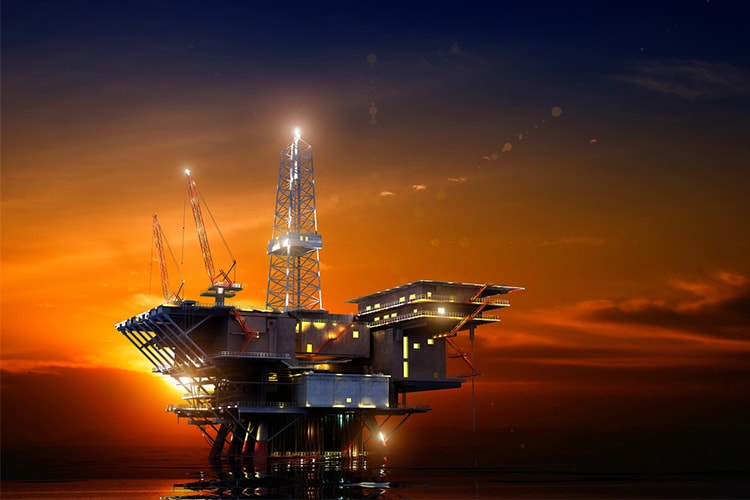
Tim Dove, who leads Pioneer Natural Resources, has termed the new wells in the Permian basin as “3.0 plus” models owing to their high productivity, pumping 35% more oil than their predecessors. Technology has played an instrumental role in Permian’s stellar performance, strengthening US’s energy independence and further indicates that the biggest oilfield may give more.